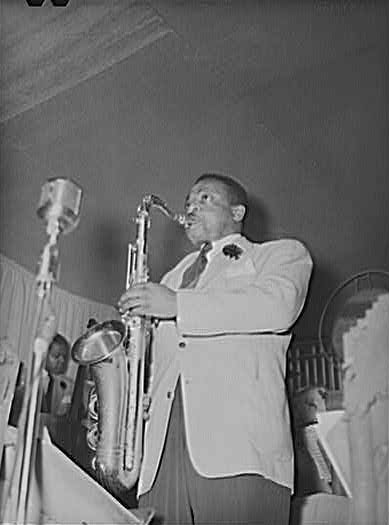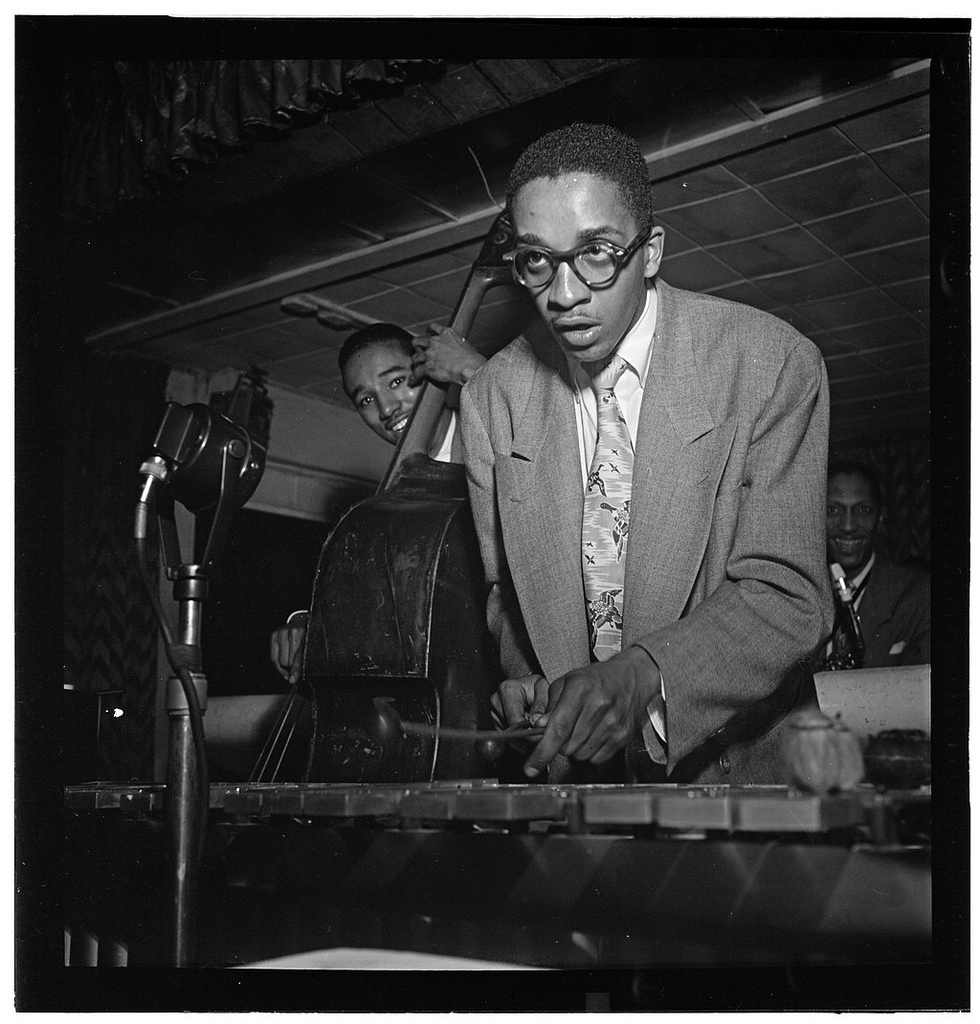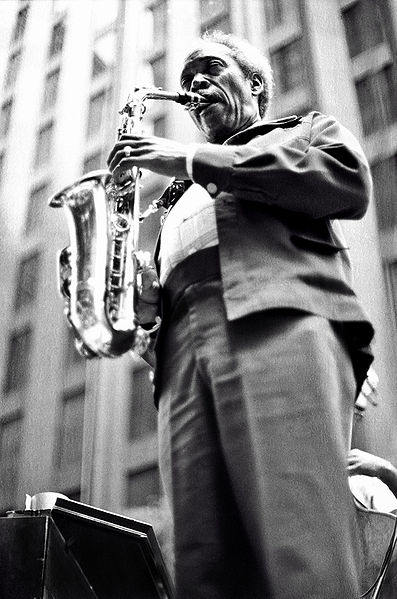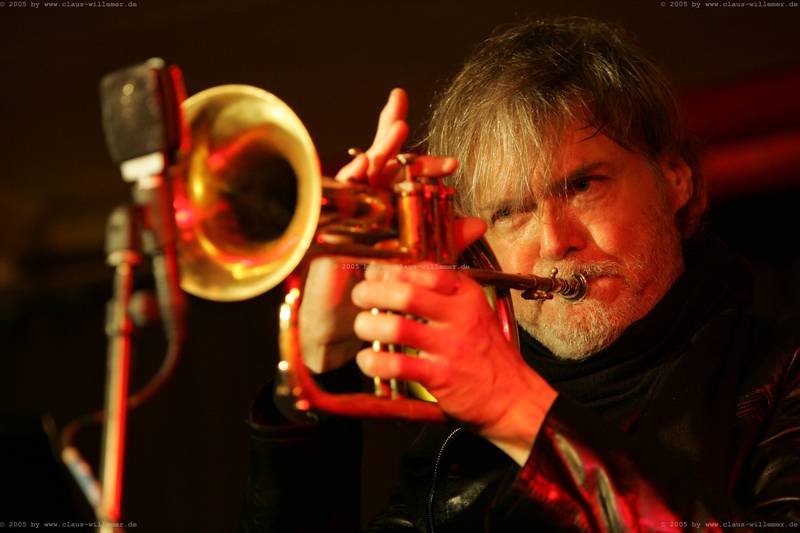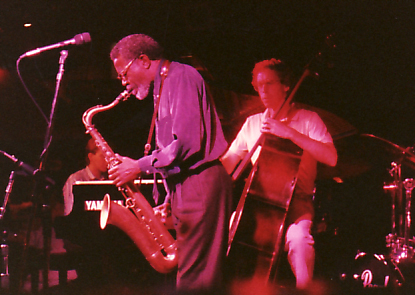Audio clip: Adobe Flash Player (version 9 or above) is required to play this audio clip. Download the latest version here. You also need to have JavaScript enabled in your browser.
Download the Transcription: Bb, Eb, C, Bass Clef
Today’s post is a short and sweet Ben Webster solo over Duke Ellington’s rhythm changes tune “Cottontail.” Ben uses a fair amount of repetition to develop his ideas through the solo. In mm. 1-4 he repeats the rhythm while stepping down chromatically each repetition. Each bridge has an idea that he repeats throughout each chord change (mm. 17-23 and 49-56).
Measures 33-40 act almost like an interlude between choruses even though the form doesn’t change. This is also a great example repetition. Each time he repeats the motiv he moves up higher in the register which, along with the diminished sound, creates a ton of tension and a very nice peak to the solo.
This was a slightly challenging solo to transcribe because it is such an old recording and some parts of the solo are very hard to hear because they get covered up by the brass hits. I think the transcription is pretty accurate, but I might be off in some of those spots.
